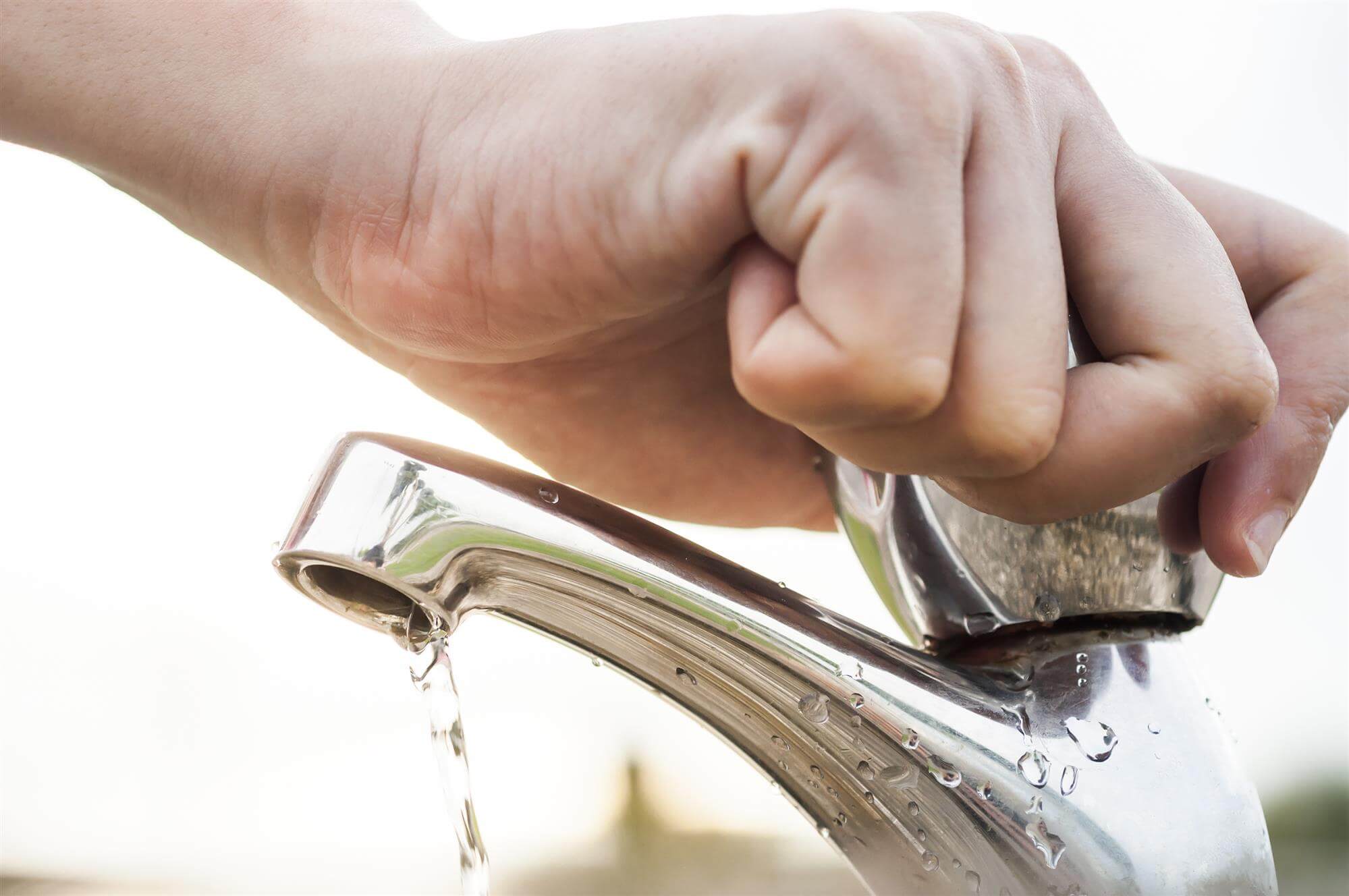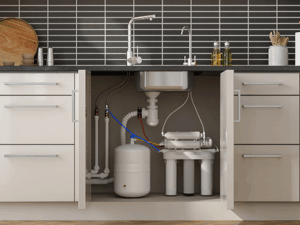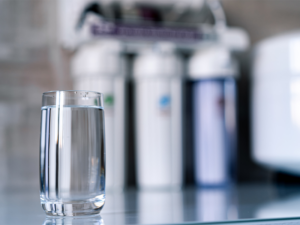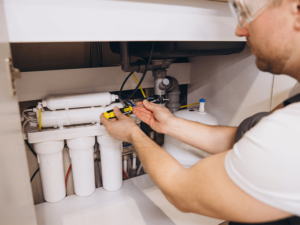
Water filtration is an essential part of the water treatment process to make water safe for drinking. The earliest forms of water filters can be traced back some 4,000 years ago. During this time, people believed if the water looked clear, it was safe for drinking. However, this tended to result in various forms of illnesses and diseases. To overcome these risks, people started boiling water before drinking it.
In addition, they would allow the water to sit after boiling to allow sediment to sink to the bottom, and then skim the drinking water from the top of the container. Later, in the 5th century BC, Hippocrates was the first to develop the concept of passing water through a cloth to help remove silt and other sediments.

His invention continued to be used, along with boiling water, until the late 1600s. It was during this time that both the first multi-stage filter and the microscope were invented. Both of these inventions would prove beneficial in water treatment processes. The microscope was used to discover microscopic bacteria and other particles within the water. The multi-stage filter helped remove more particles and make water cleaner.
In the mid-1700s, Joseph Amy obtained the first patent for a water filter. His design incorporated wool, sponge, and charcoal layers to help purify drinking water. The first home water filters were made available for sale in 1750.
It was not until 1854, when a major cholera infection spread through London, that major cities started to take water filtration and treatment seriously. Shortly thereafter, chlorine and ozone were used to treat water. The first water treatment facility was built in Scotland in 1804, and another in 1806 in Paris. These facilities purified water using a settling process first, to remove large sediments, and then passed the water through sand and charcoal filters.
In the late 1800s and early 1900s, major advances in water treatment and filtration continued to improve. More and more cities were building water treatment facilities and using several filtration methods, along with chlorine and ozone to help purify the water. As a result, the number of cholera and typhoid outbreaks declined.
In the 1940s, desalination equipment was invented. This new equipment was especially valuable for troops during WWII and ensured they had access to clean drinking water. Also, during this time, the U.S. Public Health Service created the first standards for drinking water, which led to the approval of membrane filtration processes in 1957.
In 1974, the Safe Drinking Water Act was passed, significantly paving the way for continued improvements in water filtration and treatment processes. However, even with revisions to the Act in the 1980s and 1990s, the quality of drinking water can still be made better with Pura Water Systems from Hague Water of MD.
Our home and business water filtration systems provide the highest quality water and remove the most particles and sediment. To learn more about solutions for your home or business, call the professionals at Hague Water of MD at (410) 757-2992 or (410) 213-2380 now.
Sources:





